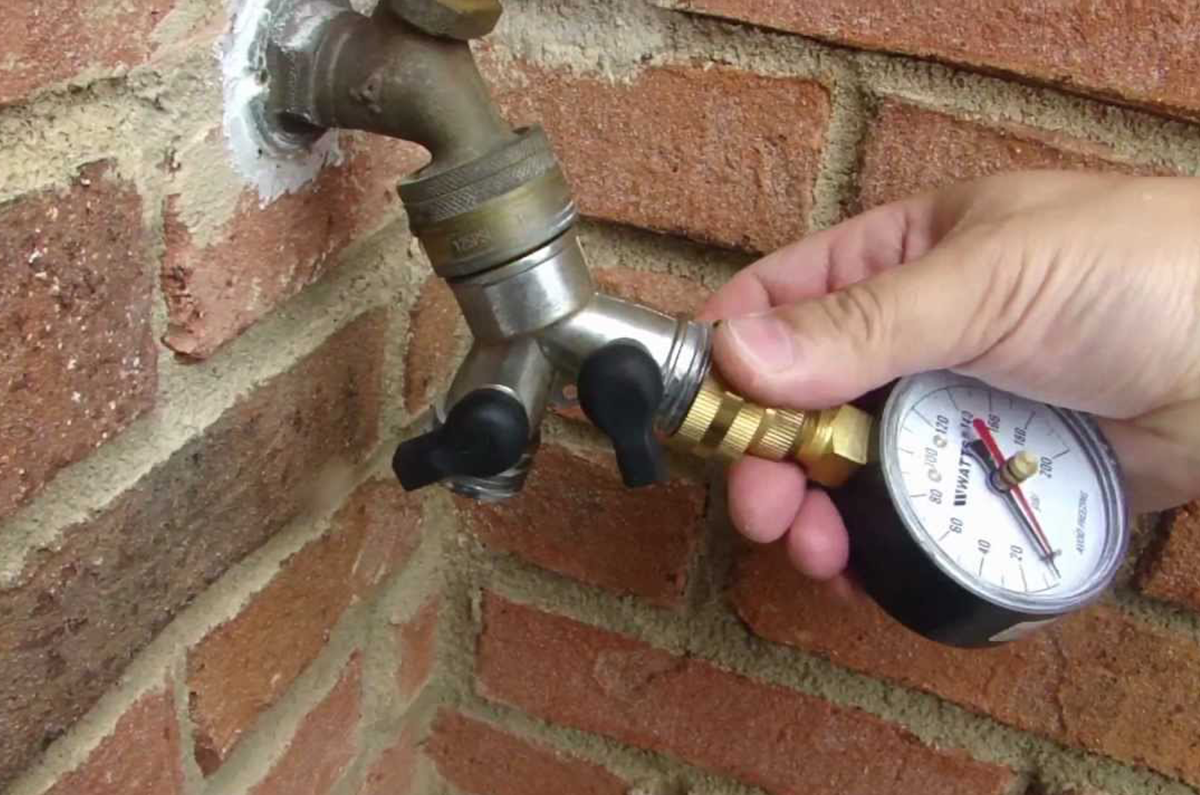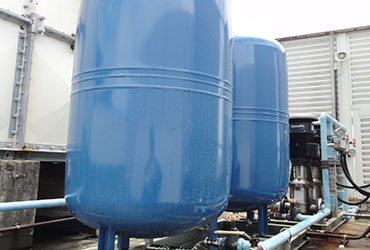Tested Strategies for Addressing Low Water Pressure in Your Home
Tested Strategies for Addressing Low Water Pressure in Your Home
Blog Article
Listed here down the page you can discover additional exceptional content with regards to Low Water Pressure in the House?.

Low tide pressure in your home can be an irritating problem, affecting whatever from showering to cleaning meals. If you're experiencing weak water flow, there are numerous possible reasons and options to check out. In this overview, we'll review typical factors for low water pressure and sensible steps to resolve the problem effectively.
Intro to Low Tide Stress
Low tide stress occurs when the flow of water from your faucets, showers, and various other components is weak than normal. This can make day-to-day tasks more tough and less efficient. Understanding the root causes of low water pressure is crucial to finding the right option.
Common Sources Of Low Tide Pressure
Faulty Stress Regulatory Authorities
Pressure regulators are in charge of preserving regular water pressure in your house. If they malfunction, it can result in low tide stress or uneven circulation throughout the house.
Local Water System Issues
Occasionally, the issue exists outside your home. Metropolitan water system concerns, such as main line leaks or maintenance work, can momentarily decrease water stress in your location.
Pipe Obstructions
Gradually, pipelines can end up being obstructed with mineral deposits, debris, or particles, limiting the circulation of water. This is an usual issue in older homes with galvanized steel pipes.
Deterioration
Corrosion within pipelines can result in leaks and lowered water stress. Rust build-up can tighten water flow, specifically in aging plumbing systems.
How to Diagnose Low Water Pressure
Checking Pipes
Inspect noticeable pipelines for indications of leakages, deterioration, or blockages. Take note of any type of unusual noises, such as banging or rattling pipes, which can suggest problems within the plumbing system.
Consulting with a Plumber
If you're not able to determine the source of low tide stress, think about hiring an expert plumber to carry out a thorough examination. They can recognize underlying problems and advise ideal remedies.
Checking Taps and Components
Start by checking the water pressure at different taps and components throughout your home. If the concern is separated to details areas, it may suggest localized problems.
DIY Solutions to Fix Low Water Pressure
Flushing Water Heater
Sediment buildup in the water heater can restrict flow and lower efficiency. Flushing the container occasionally assists eliminate debris and maintain ideal performance.
Inspecting Pressure Regulatory Authority
Ensure that the stress regulator is working properly. Adjusting or changing the regulator can aid restore appropriate water stress throughout your home.
Cleaning Aerators and Showerheads
Mineral deposits can collect in aerators and showerheads, decreasing water flow. Get rid of and cleanse these elements consistently to improve water stress.
Cleaning Clogs in Water Lines
For minor clogs, try utilizing a plumbing snake or chemical drain cleaner to clear obstructions in pipes. Beware when making use of chemicals and comply with security standards.
When to Call an Expert Plumber
If DIY initiatives fail to deal with the concern or if you believe substantial plumbing issues, it's finest to seek help from a qualified plumber. They have the expertise and tools to resolve intricate concerns safely and properly.
Preventive Measures to Maintain Water Stress
Mounting a Pressure Booster
Think about setting up a stress booster pump to improve water pressure in locations with constantly low circulation. This can be especially valuable for multi-story homes or properties with high-demand fixtures.
Monitoring Water Use
Bear in mind water use routines and avoid ill-using the plumbing system. Straightforward changes, such as incredible showers and washing loads, can help preserve ample water pressure.
Regular Upkeep
Arrange regular upkeep for your plumbing system to stop problems such as rust, leakages, and blockages. Dealing with small troubles early can aid avoid even more considerable repair services later.
Final thought
Handling low tide stress can be discouraging, yet recognizing the underlying reasons and carrying out appropriate solutions can bring back optimal flow throughout your home. Whether it's cleaning up aerators, examining pipes, or talking to a plumber, taking aggressive actions can make sure a constant supply of water for your daily needs.
FOUR WAYS TO FIX LOW WATER PRESSURE NOW
Turning on a shower or faucet only to find the water comes out in a sad, slow drizzle is never a good feeling. How exactly are you supposed to wash a pan or take a quick shower when it takes 10 minutes just to rinse off a little soap? The good news is that when your water pressure is bad, there's always a cause: typically one that can be easily fixed. Here are some of the most common causes of low pressure and what you can do to fix the issue:
DEBRIS AND MINERAL DEPOSIT BUILDUPS
If you notice low water pressure from just one or two of the fixtures in your house, the problem likely has to do with debris buildup. Water is full of minerals and other debris, all of which can accumulate in your pipes and on your fixtures. This can cause a blockage that affects how much water flows through. To fix this, try filling a small plastic bag with white vinegar, and use a rubber band to hang it around your showerhead or faucet. Let the head of the fixture soak for a few hours, and the vinegar should loosen the deposits.
WATER LEAKS
Leaks are another common cause of low water pressure. If water is flowing out of your plumbing through a hole or crack before it can reach your fixture, the pressure coming out of the faucet or showerhead will be lower. A plumbing professional is your best bet for finding and repairing a leak in your water supply pipes.
Leaks are another common cause of low water pressure. If water is flowing out of your plumbing through a hole or crack before it can reach your fixture, the pressure coming out of the faucet or showerhead will be lower. A plumbing professional is your best bet for finding and repairing a leak in your water supply pipes.
A VALVE ISSUE
If you have low water pressure throughout your home, check your main shut-off valve to make sure it's completely open. You may also want to see if there's a pressure-reducing valve installed. If there is, have a plumber help you adjust the settings to get the pressure you're looking for.
OTHERS USING WATER
Believe it or not, your low water pressure could be caused by your neighbors. If you notice low pressure at certain times of day, it may be because you and the people living next to you have similar schedules - when everyone is showering at the same time, the pressure will be lower in every home. Low pressure throughout the neighborhood may also be caused by an issue with your municipal water supply. If that's the case, call the supplier to see if they're working on the issue.
https://www.rotorooter.com/blog/water-leaking/low-water-pressure-fixes/

We hope you enjoyed our part on 10 Reasons for Low Water Pressure in Your House. Thanks a ton for taking the time to read our piece of content. So long as you appreciated our blog posting if you please make sure you remember to share it. I value your readership.
Call Today Report this page